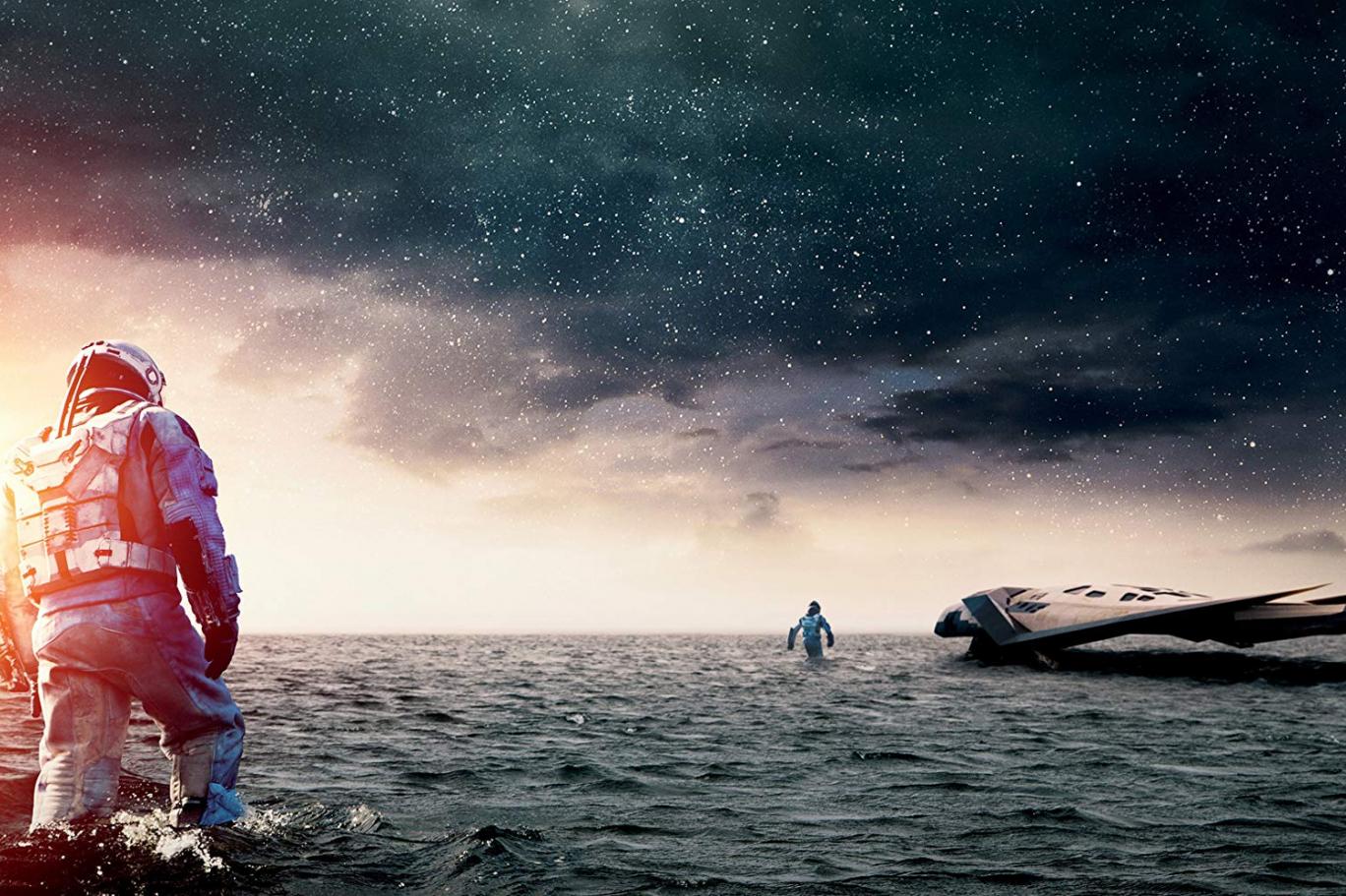An exoplanet just 100 light-years from Earth appears to be the best candidate for a watery ocean world.The planet is called TOI-1452b, and size and mass measurements suggest a density profile consistent with a spherical liquid ocean. Scientists believe worlds like this are possible, but they have yet to find one for certain.
We will need to follow up with observations from the James Webb Space Telescope to study the exoplanet’s atmosphere and make a more confident judgment about the nature of TOI-1452b, but the initial results are very intriguing.
- The Mystery Woman Stranded For 18 Years Off The Coast Of California
- Drought reveals 113 million-year-old dinosaur footprints in the US
“This paper reports the discovery and characterization of the transiting temperate exoplanet TOI-1452b,” a research team led by astronomer Charles Cadieux of the University of Montreal in Canada writes in a paper published in The Astronomical Journal. “The results of our internal modeling and the fact that the planet receives modest radiation make TOI-1452b a good candidate for a water world.”
It’s easy to understand why TOI-1452b has so far escaped detection despite its relative proximity to the Solar System.
The exoplanet was found orbiting one of a close binary pair of small, dim red dwarfs separated by a distance of only 97 astronomical units. The two are so close together that the two stars appear to be one.
However, the TESS exoplanet-hunting telescope is sensitive enough to detect regular, faint dips in starlight that indicate an object regularly passes between us and its host star. The researchers followed up with their own highly sensitive instrument designed to detect exoplanet transits at the Mont Mégantic Observatory in Canada.
Observations from both telescopes revealed that there is indeed an exoplanet orbiting one of the TOI-1452 binary stars.
By looking at how much light the star emits and how dark it gets when the exoplanet passes in front of it, the researchers were able to determine that the exoplanet is relatively small, 1.672 times the size of Earth.
With our relatively slow 365-day orbit, it is in an 11-day orbit with its star, which seems insanely close to us. However, the star is very cold and dim compared to the Sun. Its orbit is at a distance that prevents water from filling up or over-evaporating.
Next, the researchers took a closer look at the star. Specifically, they studied its radial velocity – the way the exoplanet moves due to the effect of gravity. This is because any two bodies in a system orbit a common center of gravity – this means that the star moves very little in its orbital pattern with TOI-1452b.

Changes in the star’s light reveal this motion and, even better, allow astronomers to calculate the mass of the orbiting object by determining the strength of this motion. So they were able to get a mass for TOI-1452b of 4.82 times the mass of the Earth.
And this is where it gets really interesting.
Once you have the size and mass of an object, you can deduce its average density. For TOI-1452b, that density is 5.6 grams per cubic centimeter, very close to Earth’s density of 5.5 grams per cubic centimeter. But a density similar to Earth’s for an object with more mass indicates that the object is composed of a lighter material, the researchers said.
“TOI-1452b is one of the best candidates for an ocean planet we have found to date,” Cadieux says. “Its radius and mass indicate a much lower density than would be expected for a planet like Earth, which is basically composed of metal and rock.”
The researchers modeled the exoplanet’s internal composition and determined that 30 percent of its mass could be water.
However, it’s still not possible to tell exactly what TOI-1452b is made of with only the measurements we have.
If TOI-1452b is a water world, Webb is our best chance of discovering it.
“Our observations with the Webb Telescope will be crucial to better understand TOI-1452b,” says René Doyon, an astronomer at the University of Montreal.
The research was published in The Astronomical Journal.

